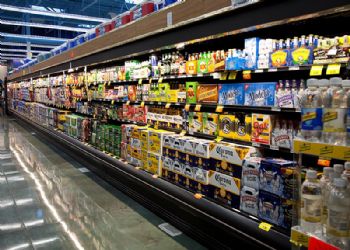
Hillphoenix Inc (
www.hillphoenix.com) , founded in 1887, manufactures commercial refrigeration and grocery display units. Based in Conyers, Georgia, the company has a variety of CNC punch and laser machines at two sites, with DMM software from the Aquila Group passing orders for nesting to its CAM software.
Hillphoenix’s previous system could not automatically common cut on punching machines and had inferior tool management; it created programs that either needed manual interaction or simply could not run. Furthermore, there was not a teach mode, and material efficiency was poor.
Fabrication programmer Michael McNeill investigated updates to the company’s existing software; he also looked at three new systems — including JETCAM (
www.jetcam.com).
A number of components were supplied to each CAM company to provide benchmark nest comparison; JETCAM was up to 7% better on average on laser nests and up to 12% better on punched nests; and because Aquila and JETCAM already have a partnership in place, there were no issues with passing information between the two systems.
Hillphoenix also wanted some additional functionality to assist with managing the turrets automatically and offering double-hit detection.
During the implementation, Hillphoenix had over 30,000 parts for its lasers that needed to be migrated. The company
provided JETCAM’s US agent (NestOne) with a DXF file of each component, and these files were automatically imported, tooled and returned to Hillphoenix, ready for nesting. Punched components were processed internally at a later date.
Nesting efficiency saw even greater benefits than during the benchmarks, with punched nests often an additional 10% more efficient than the benchmark tests, thanks to JETCAM’s configurable common cutting. Mr McNeill said: “Based on our current weekly scrap savings alone, JETCAM will have paid for itself in just eight months.”